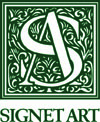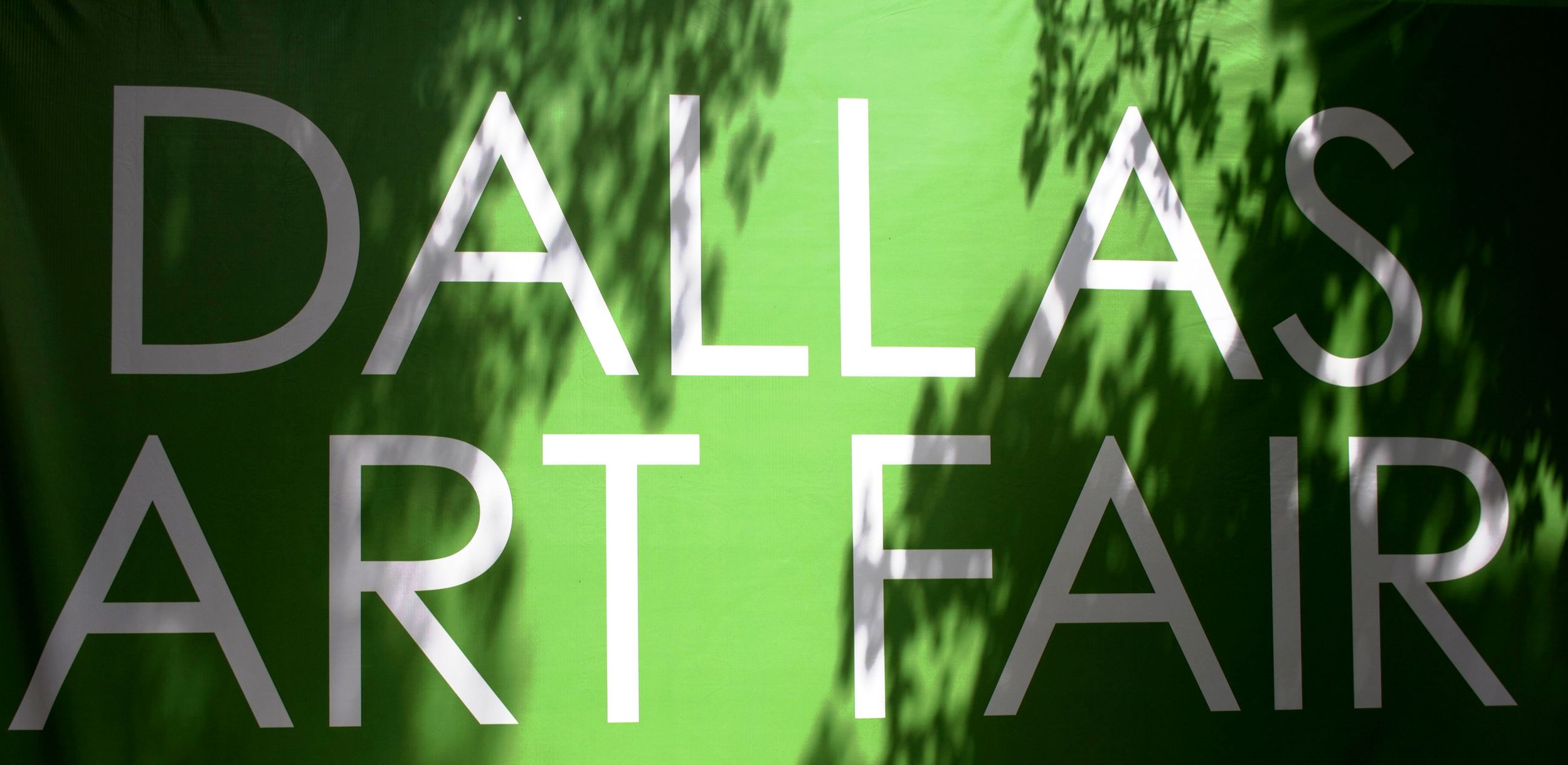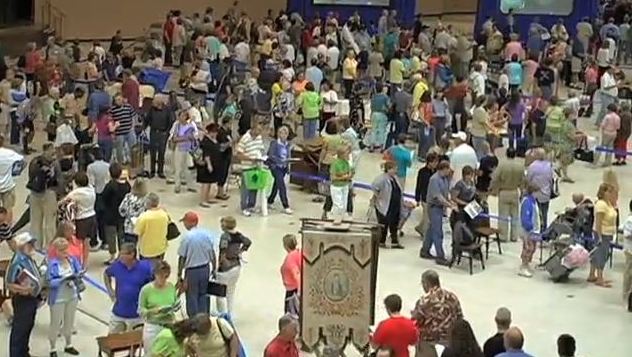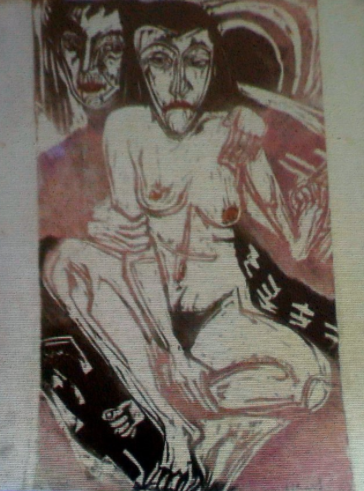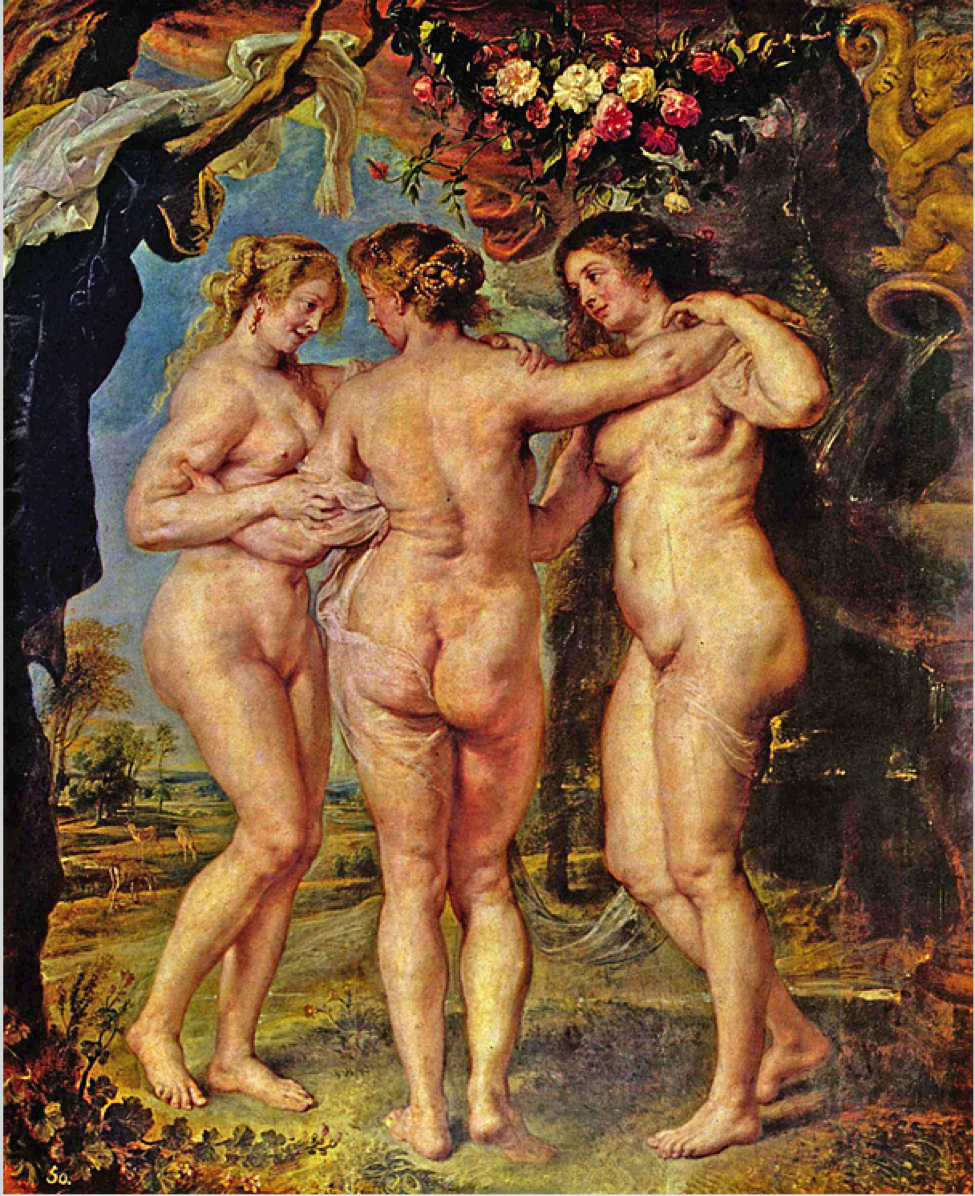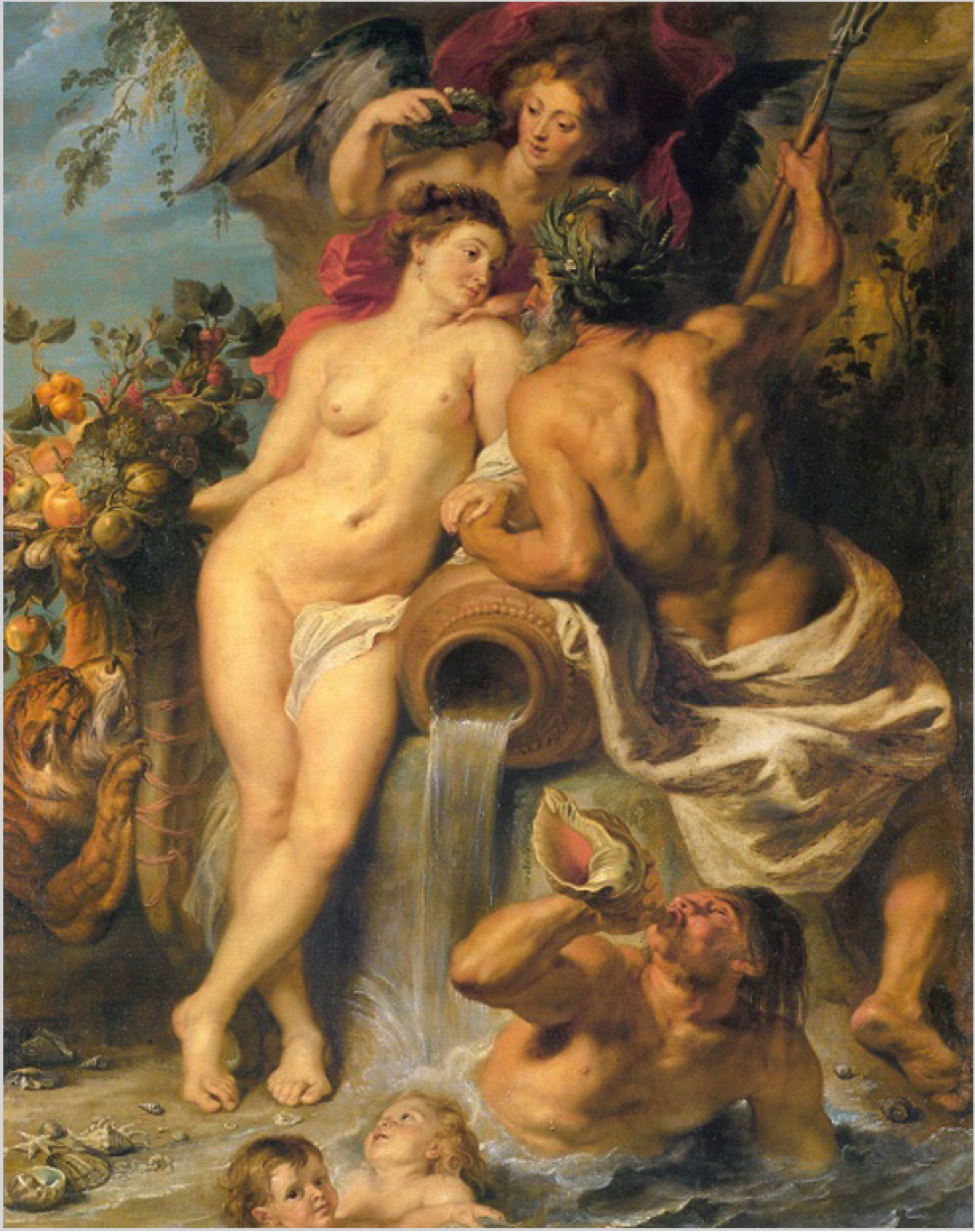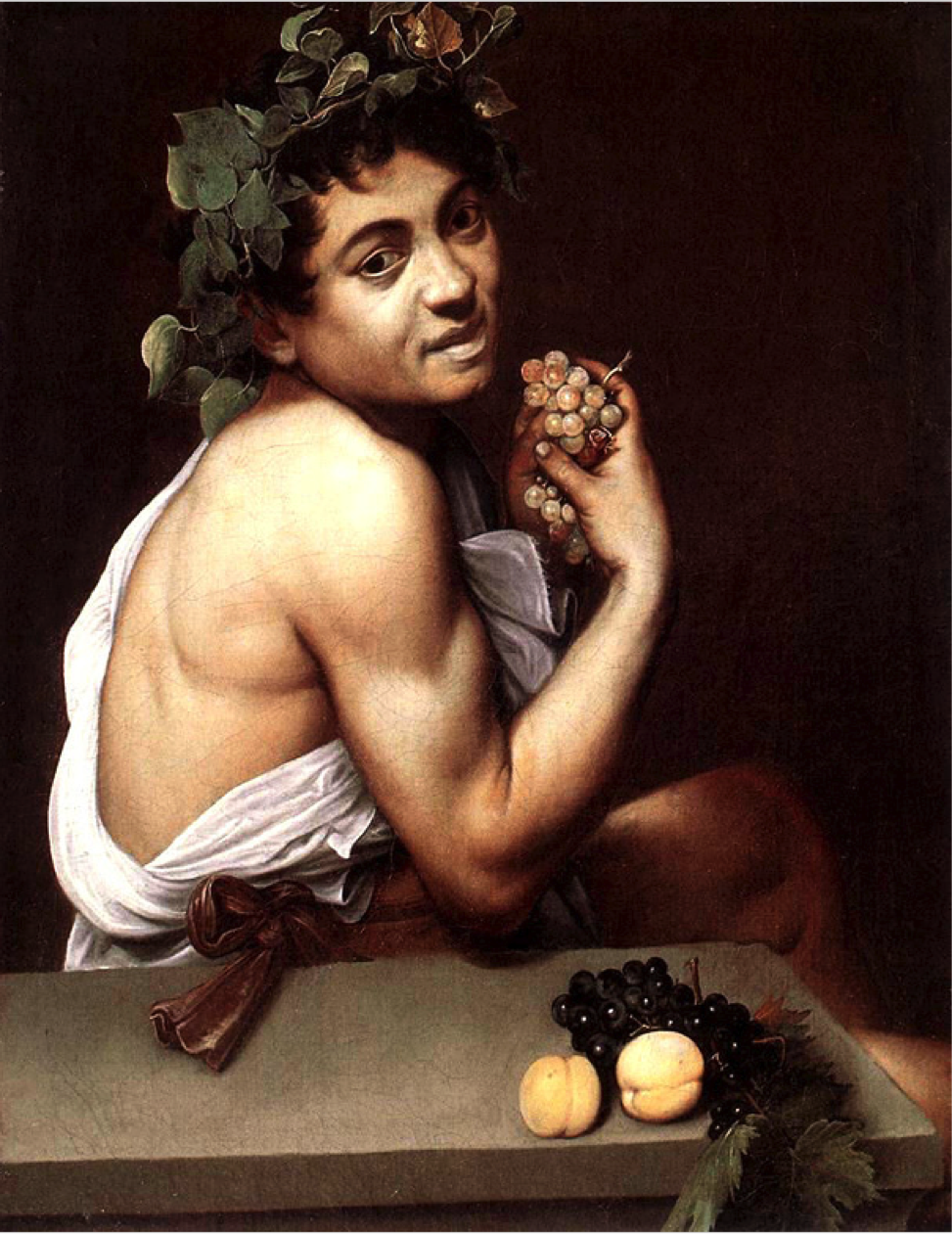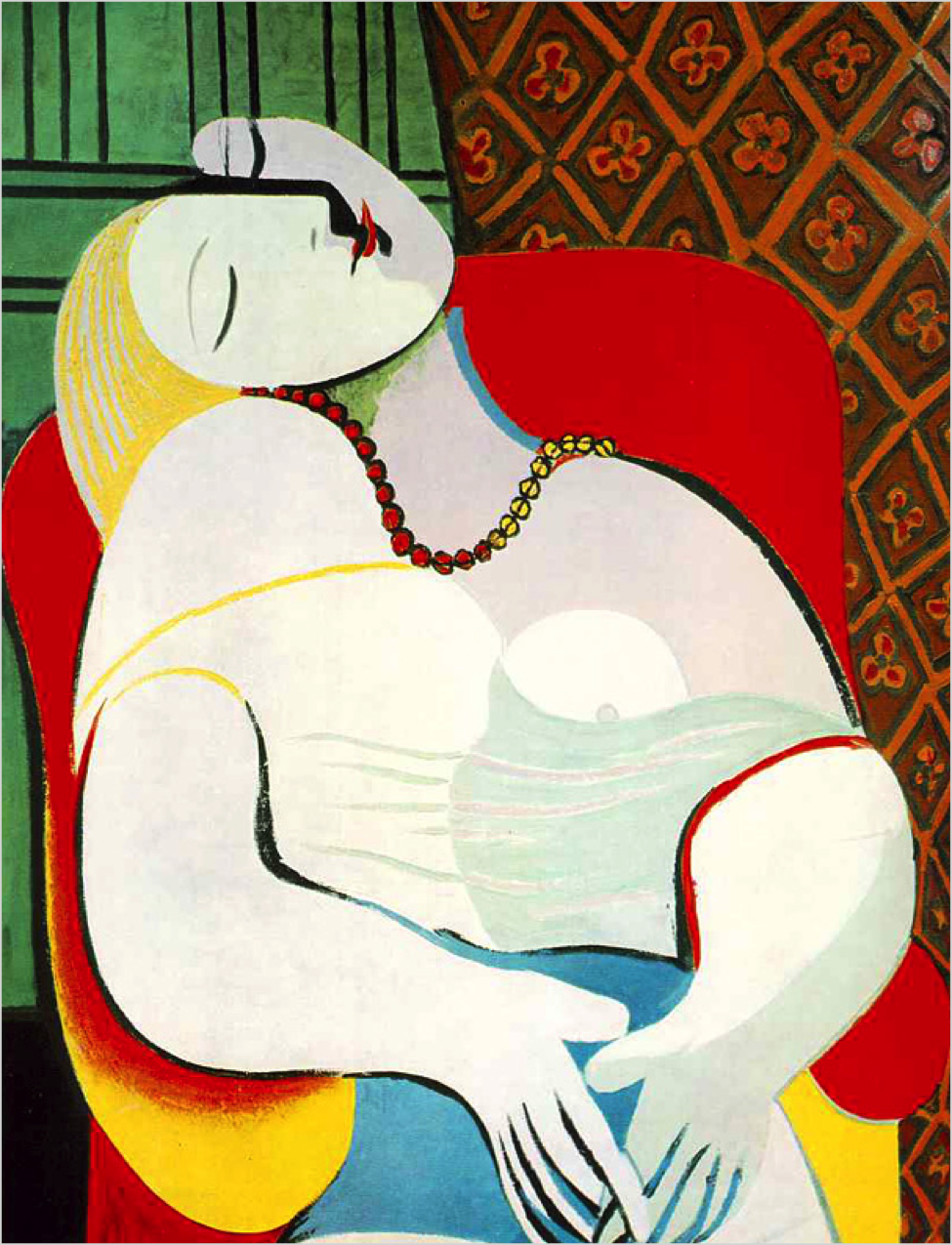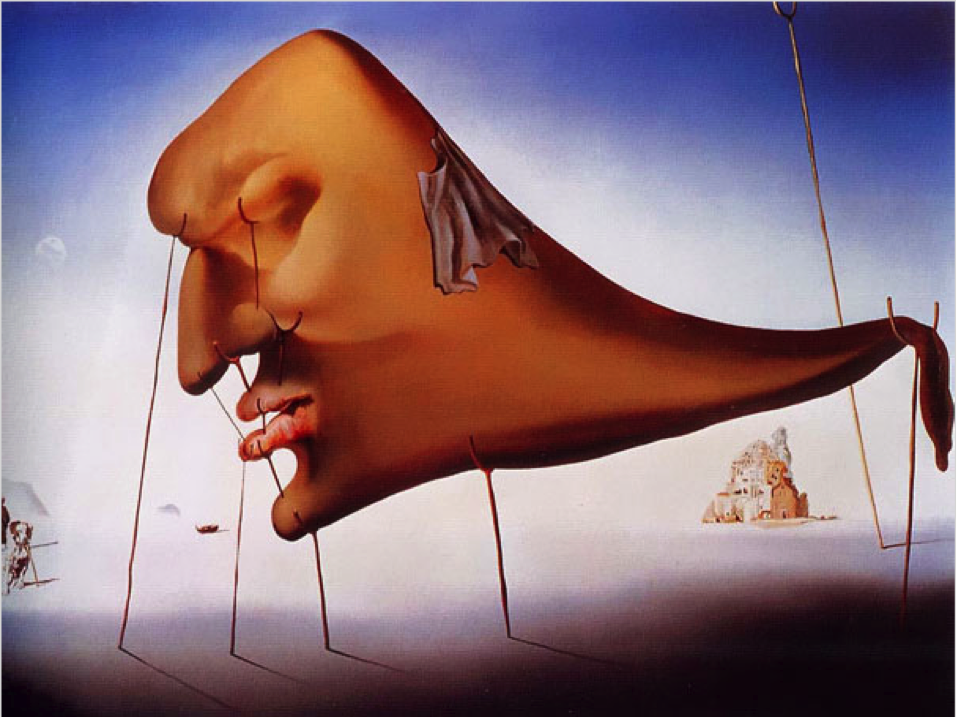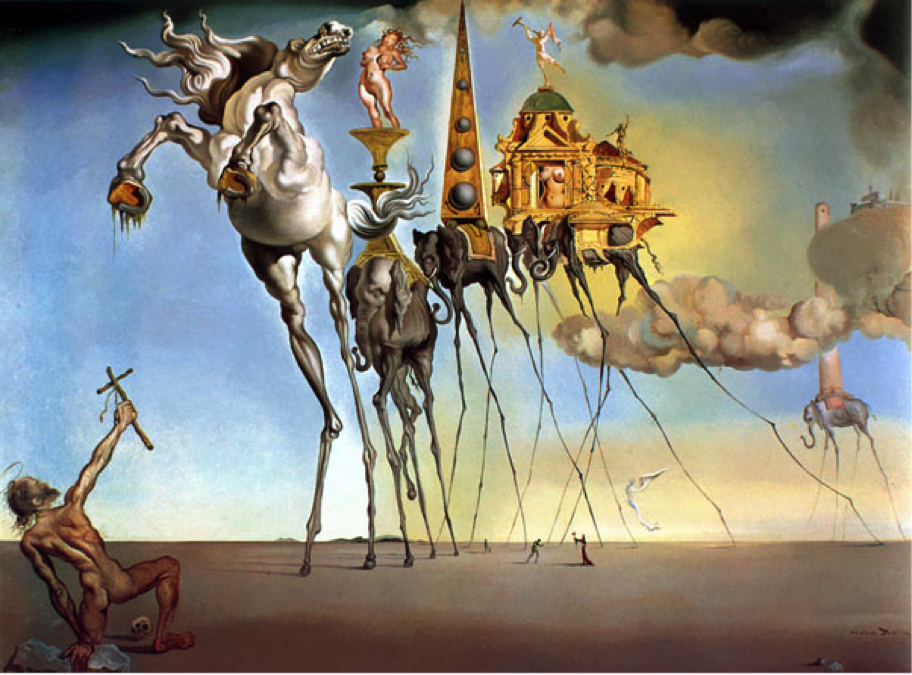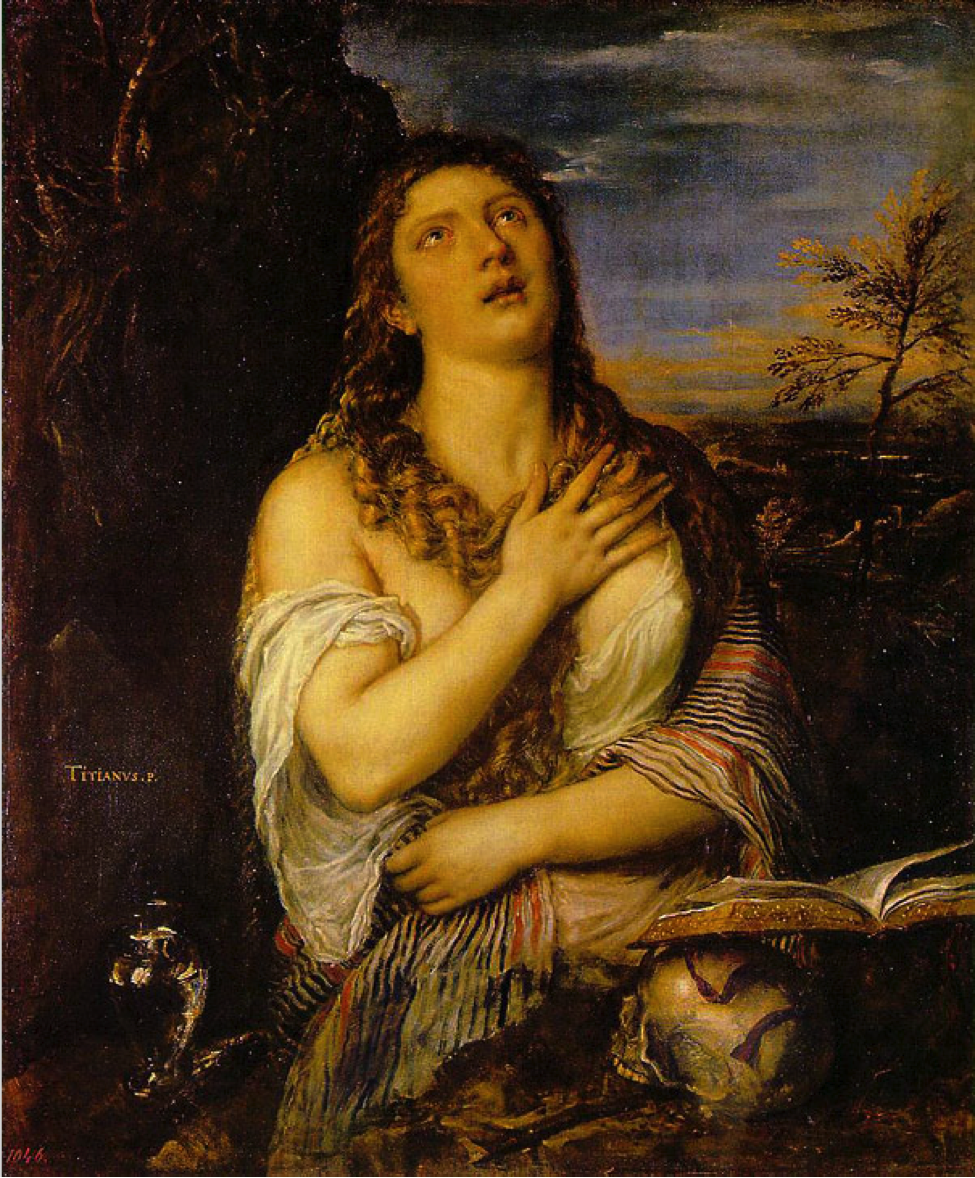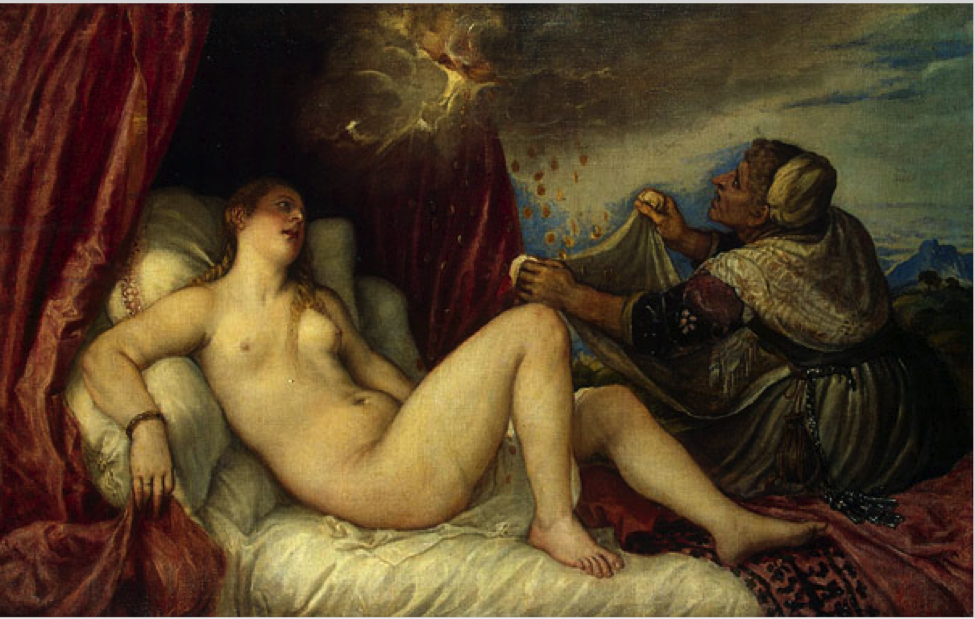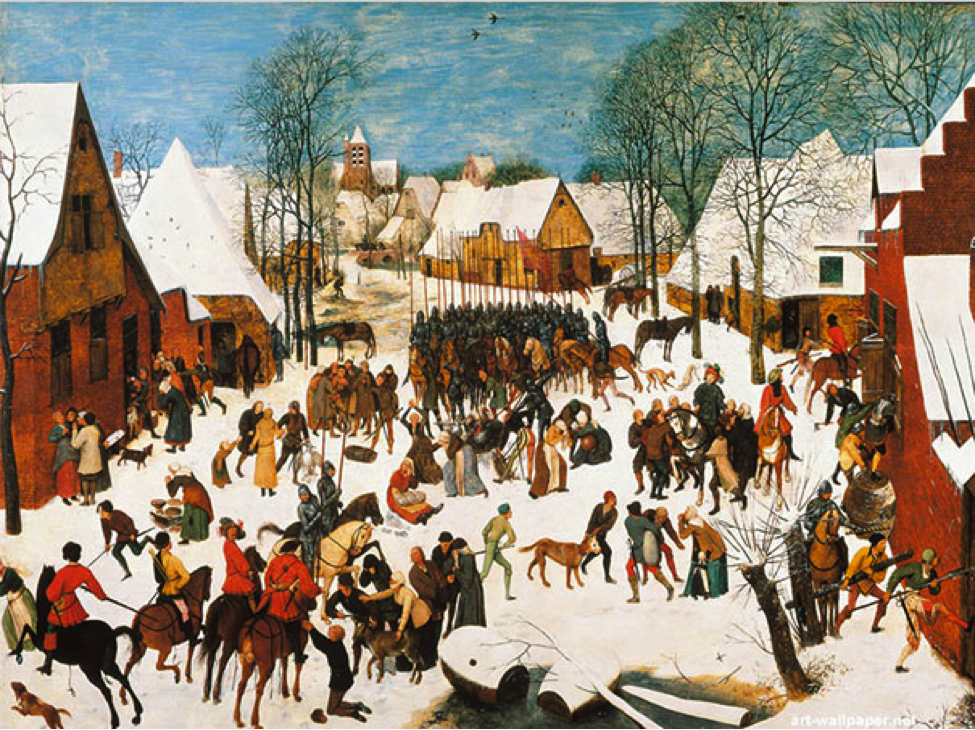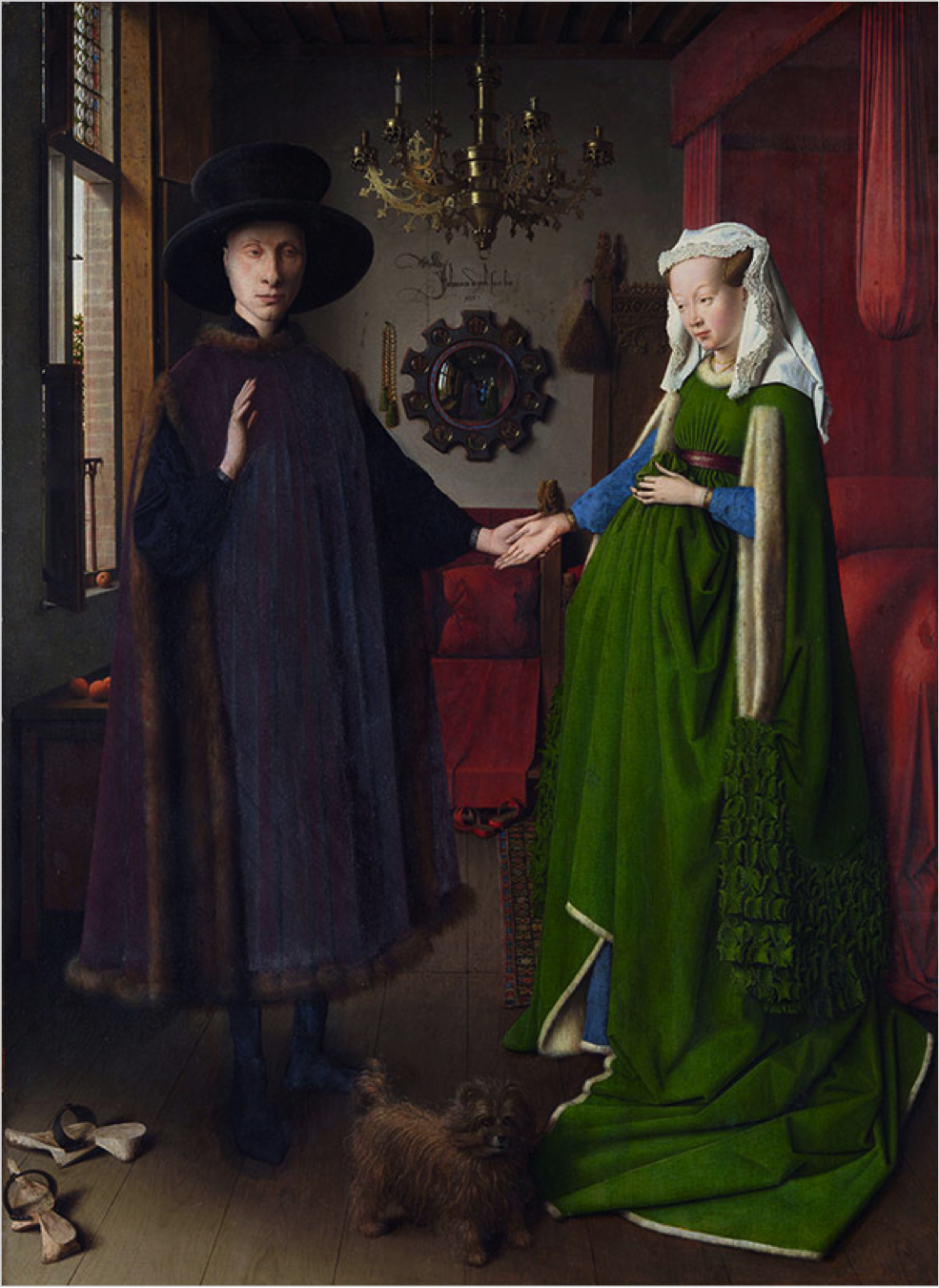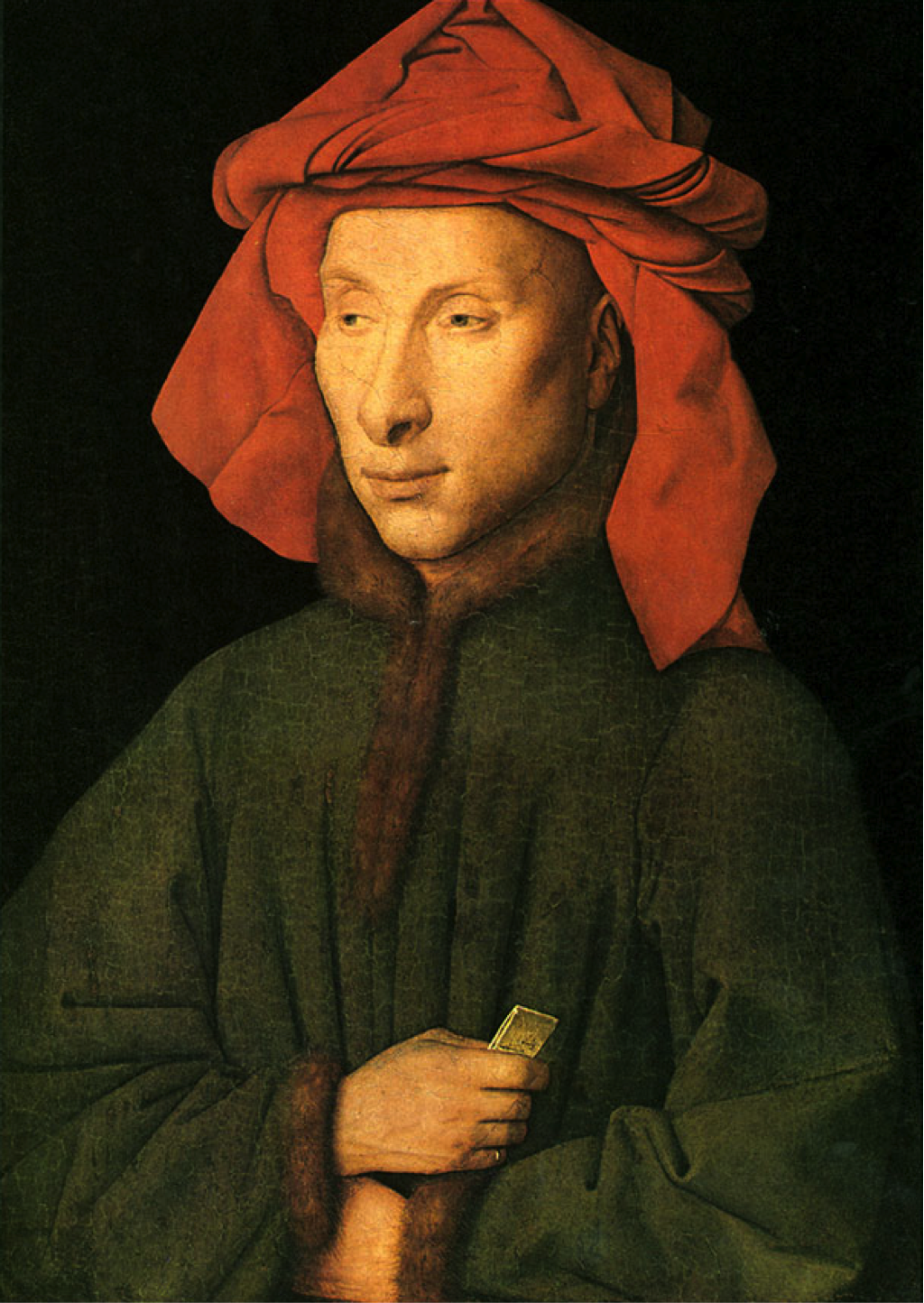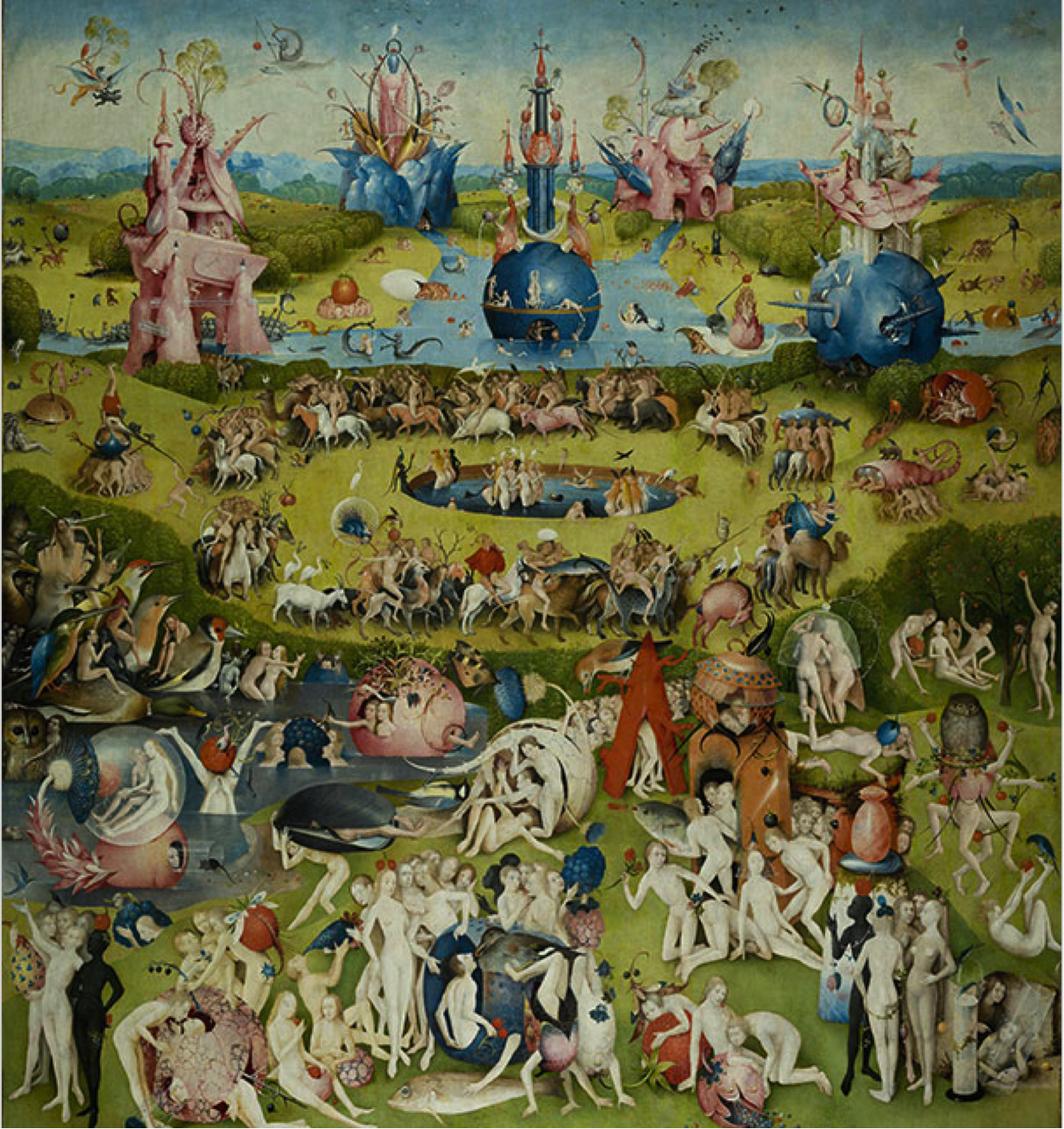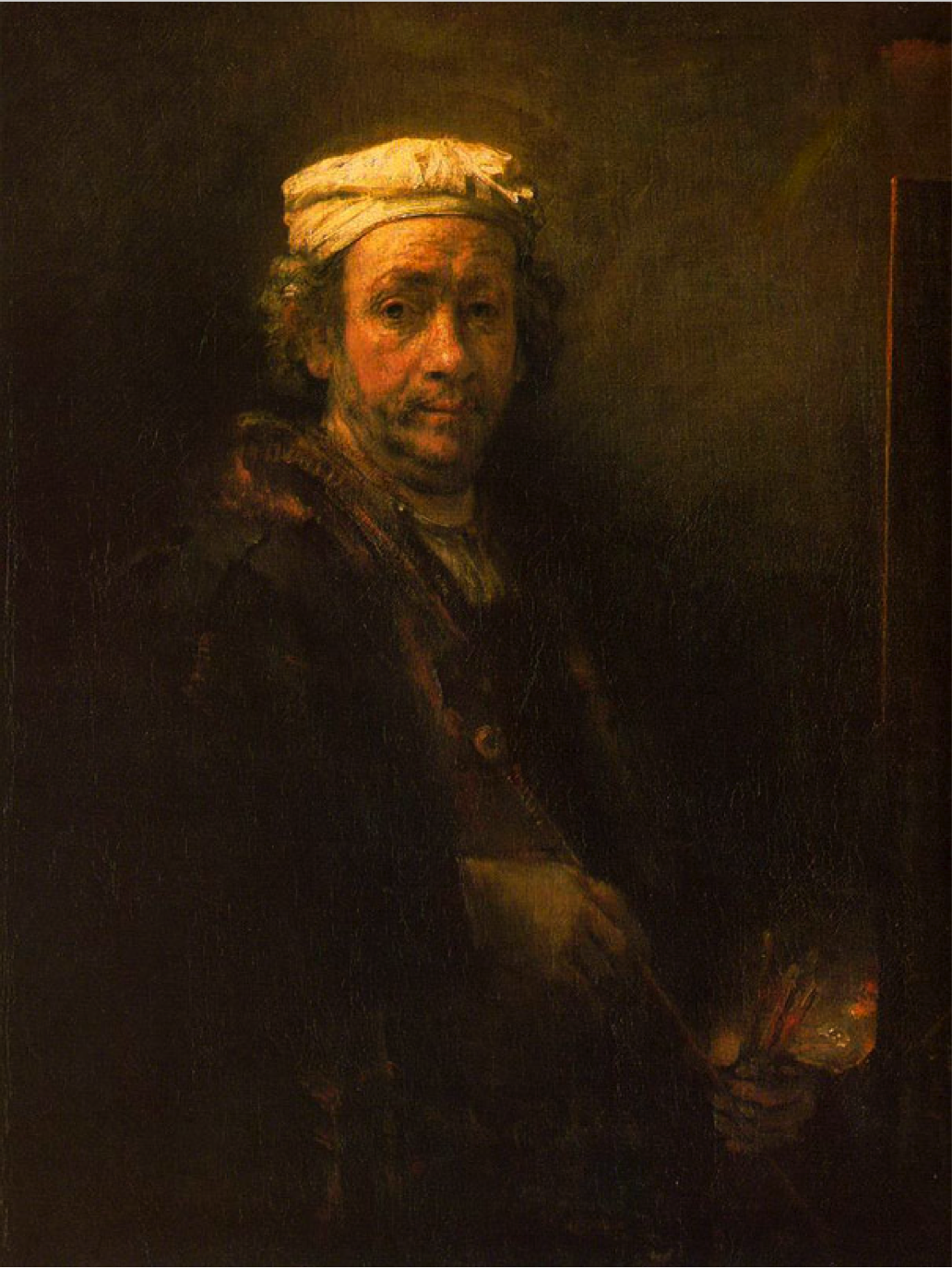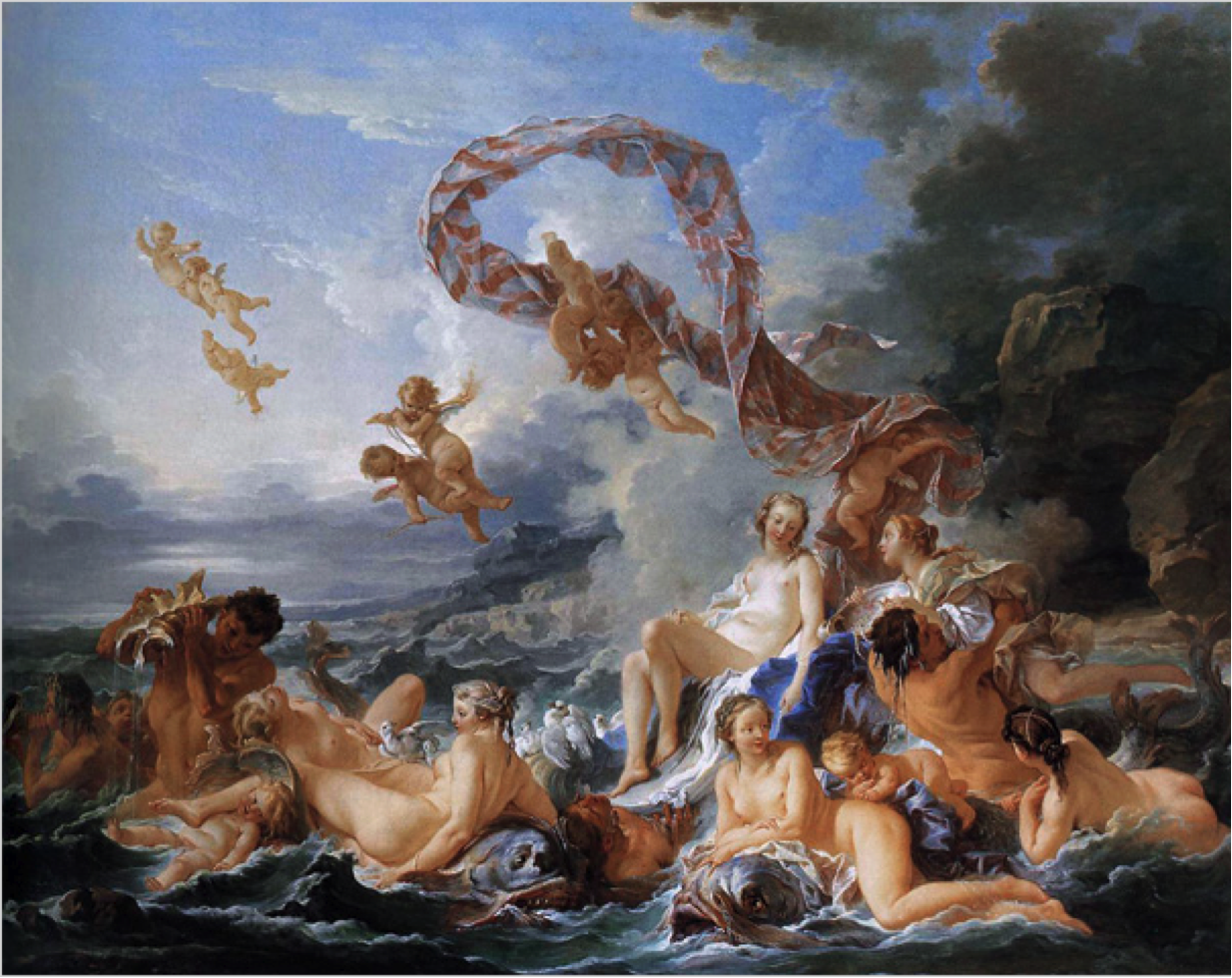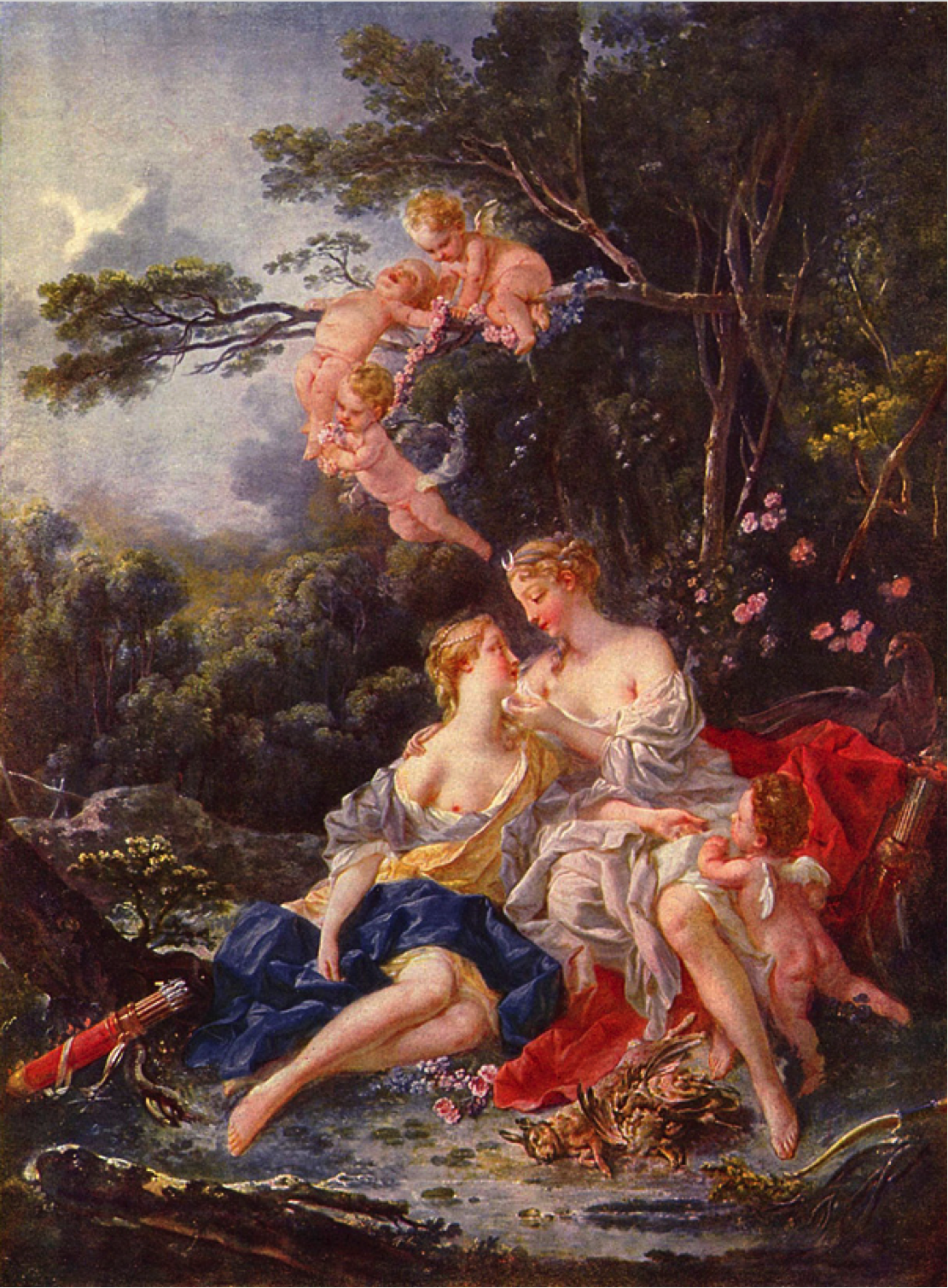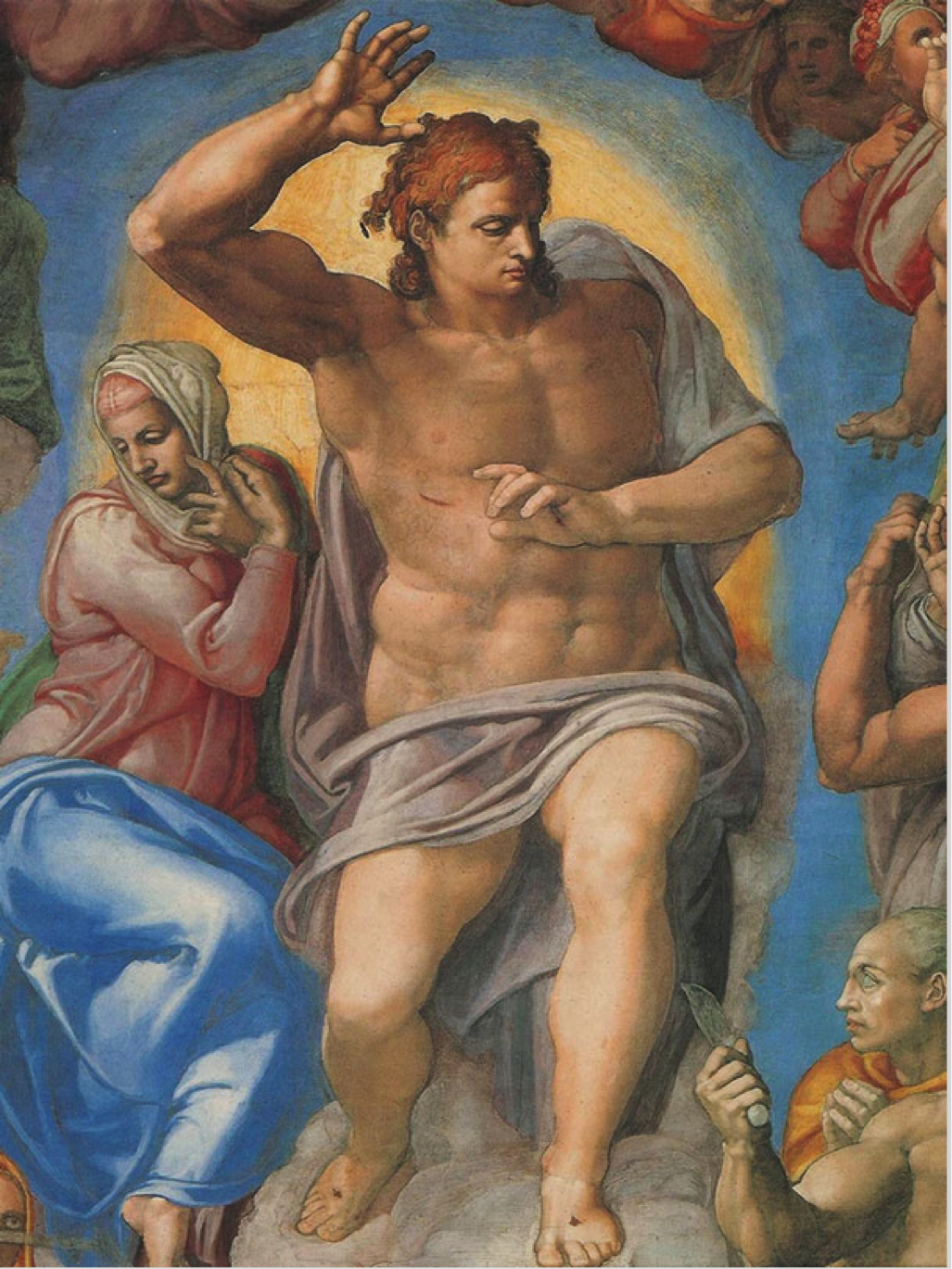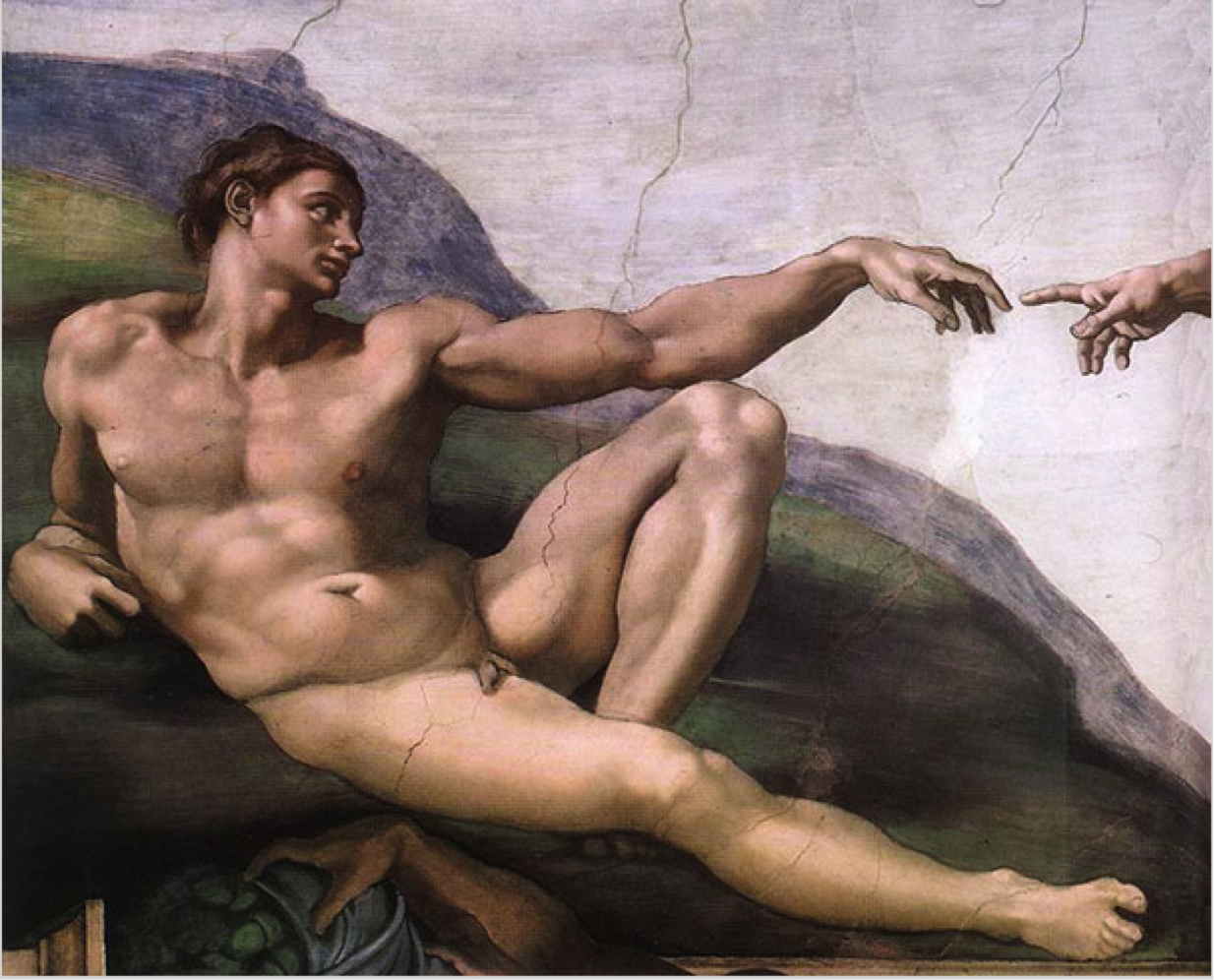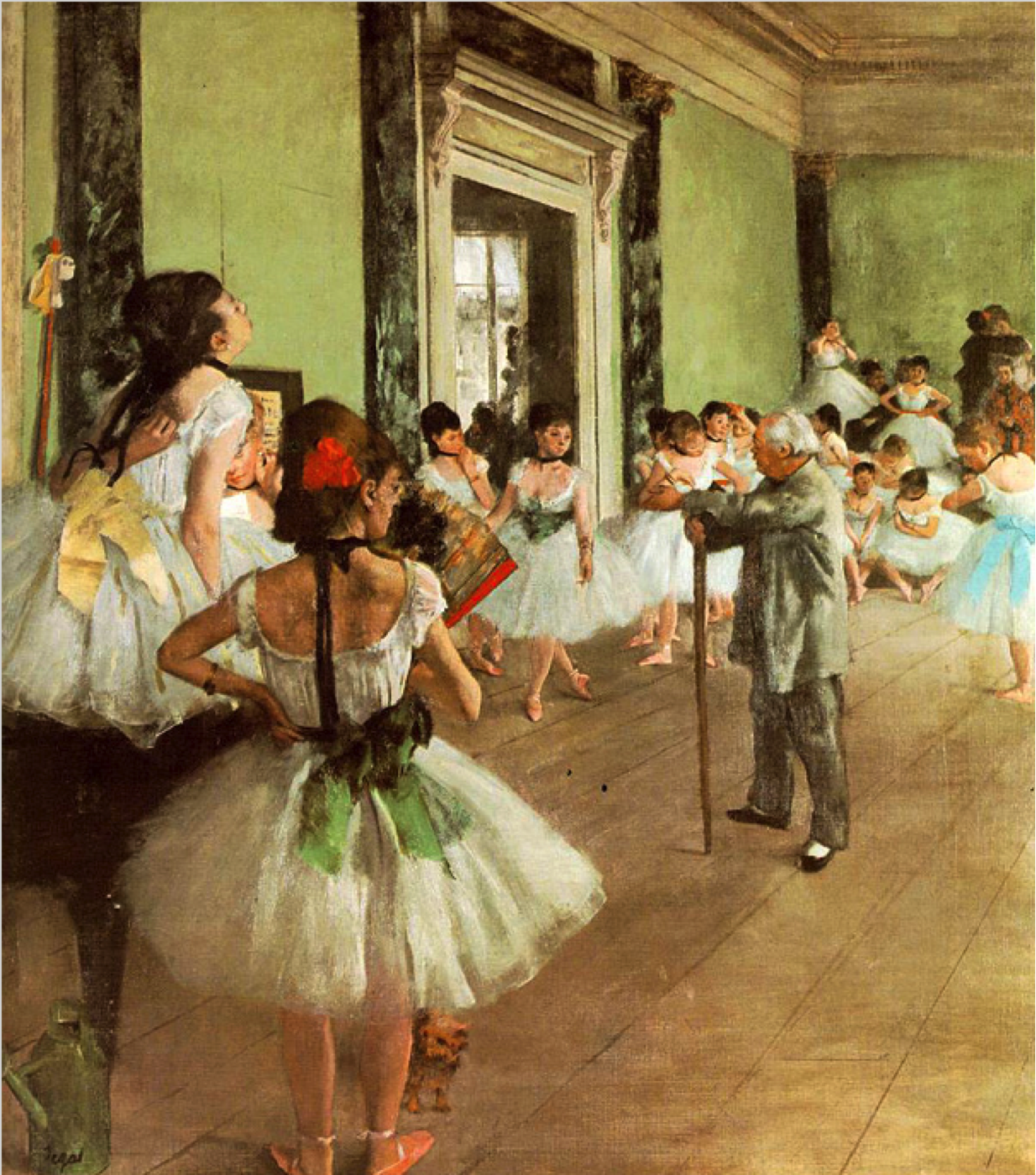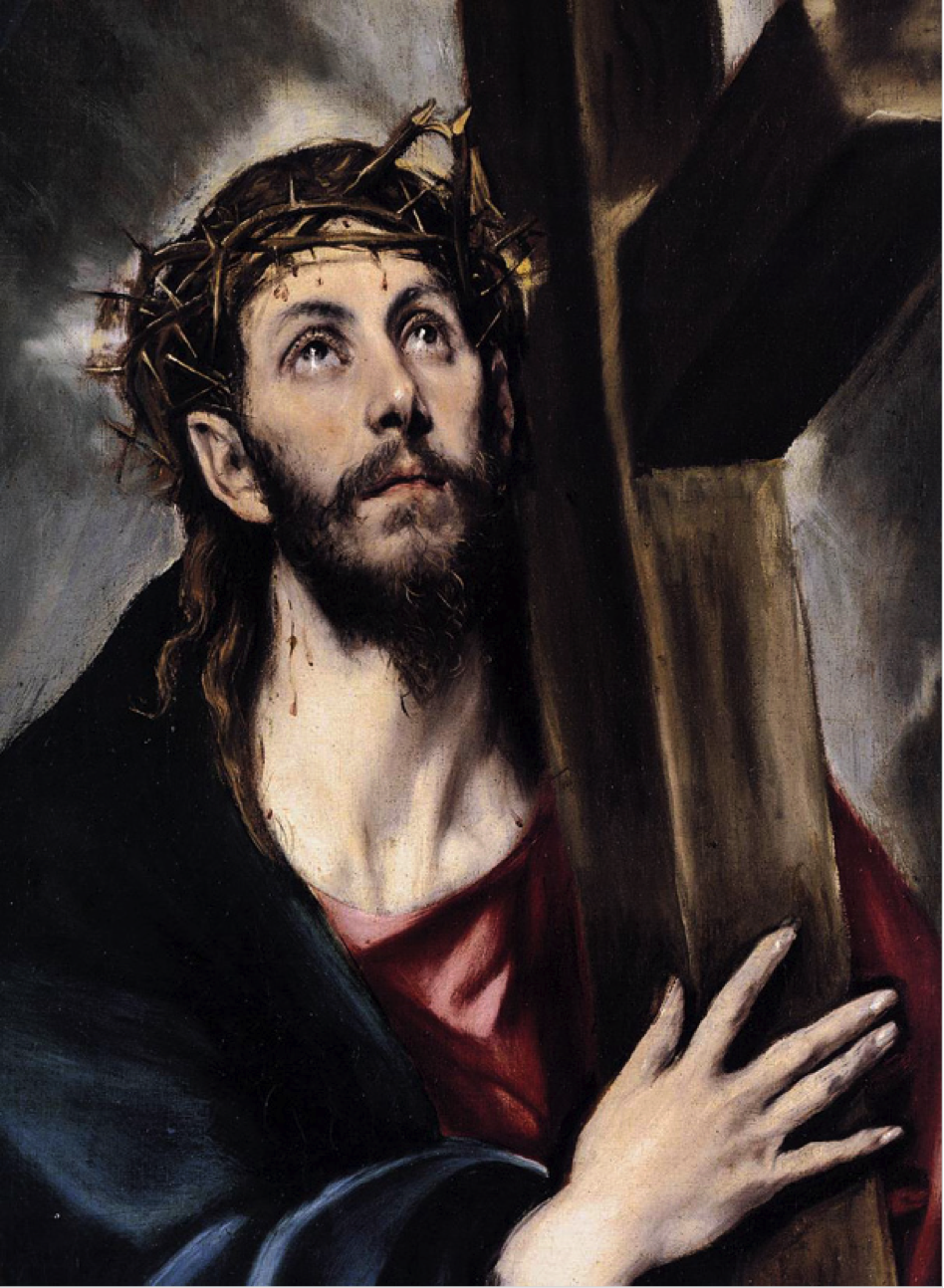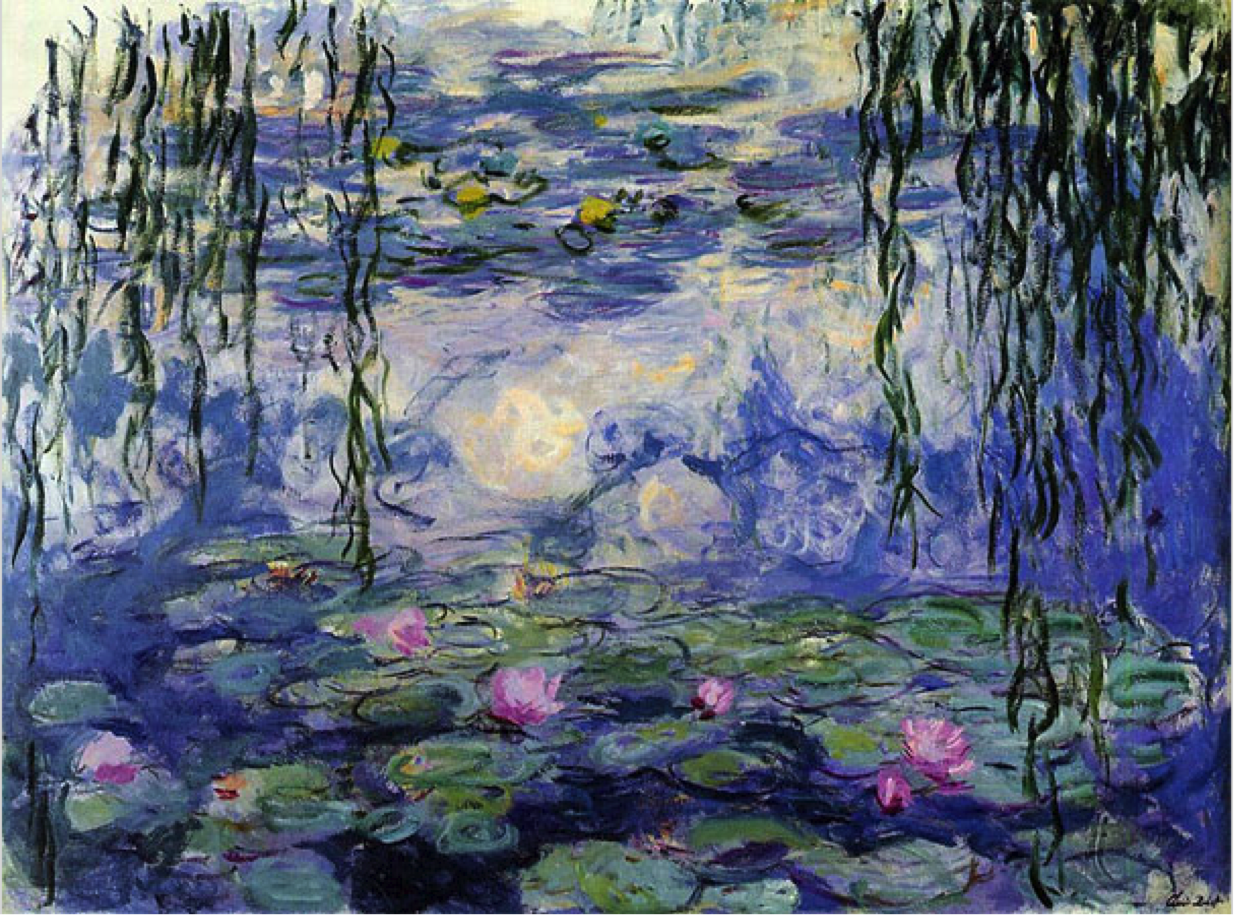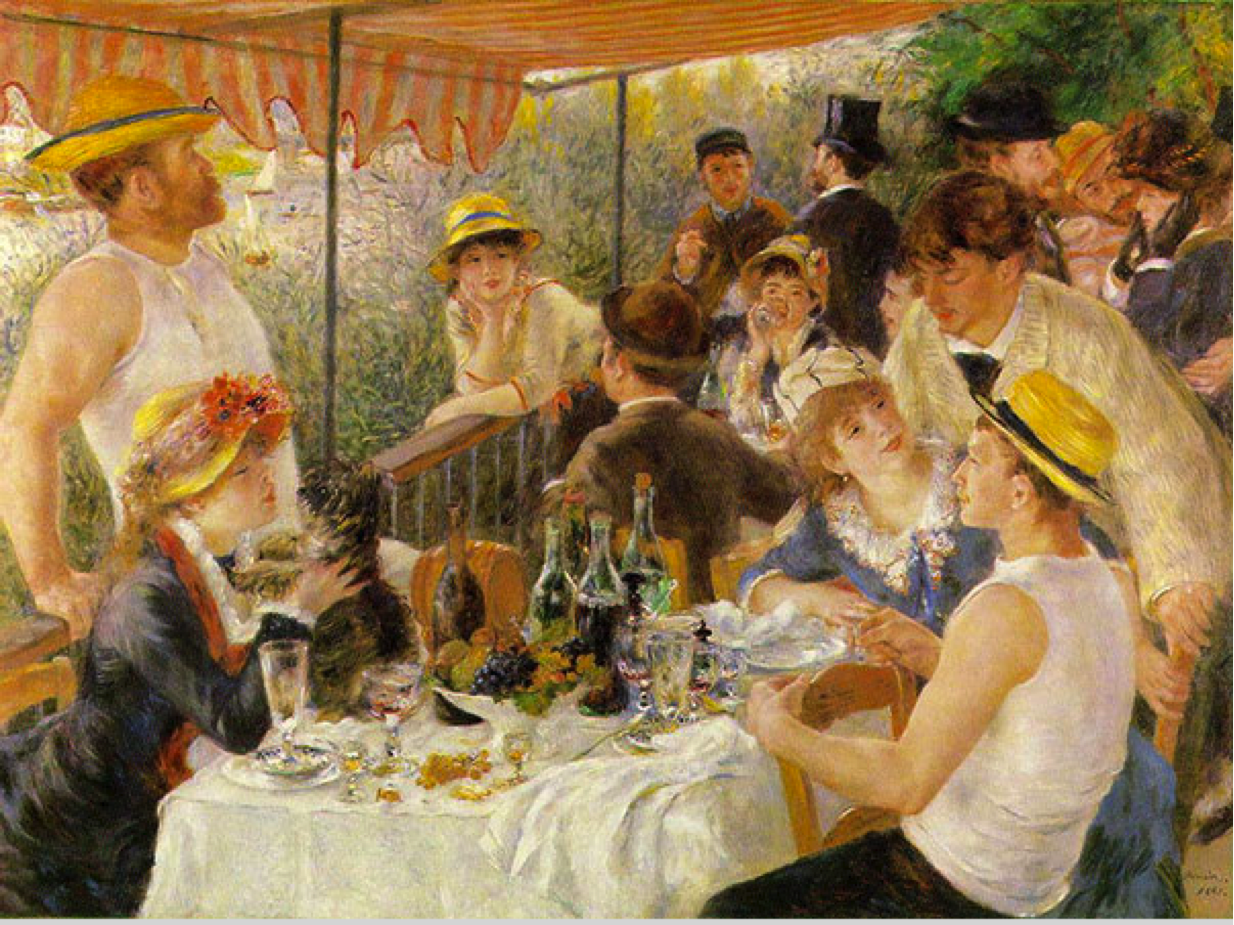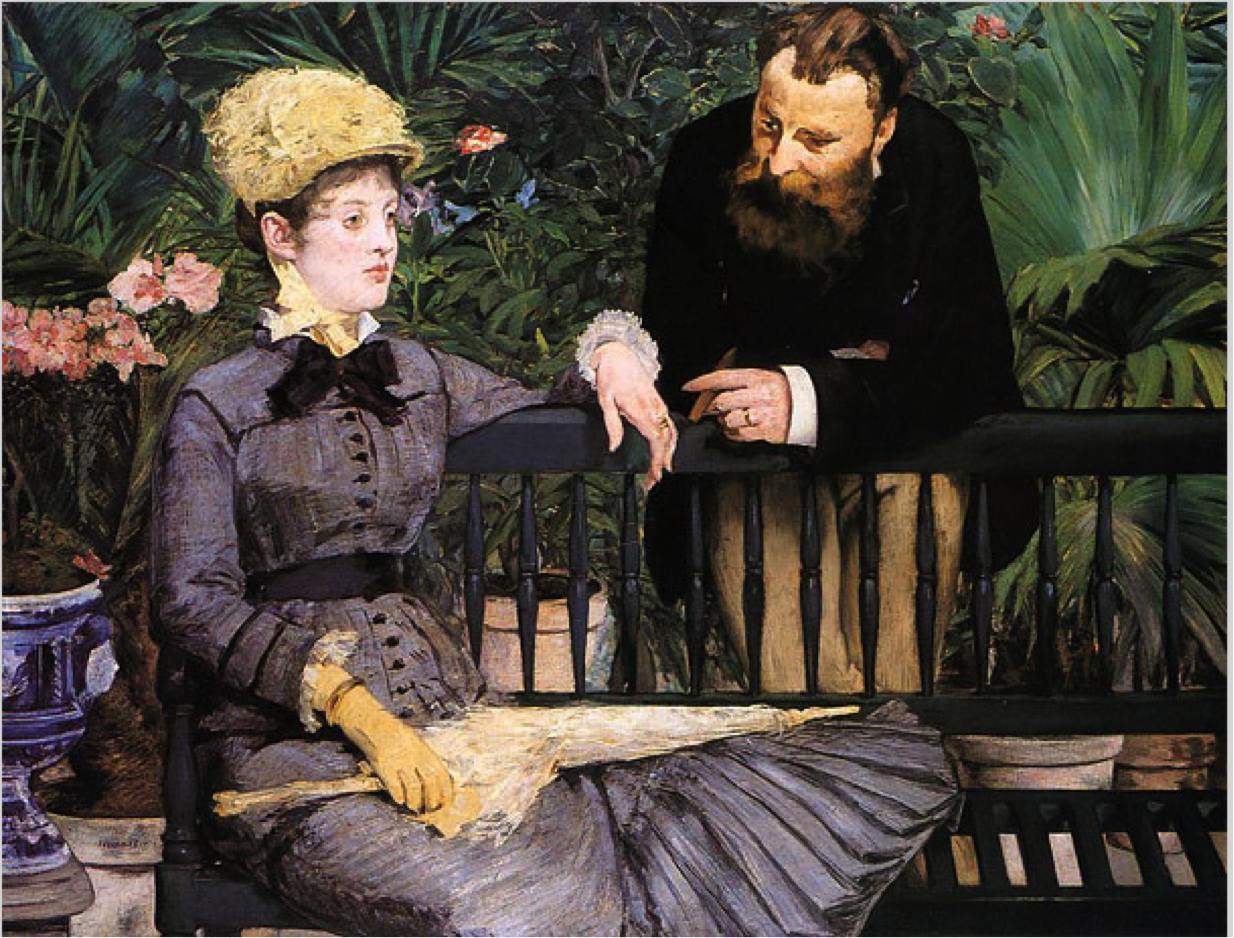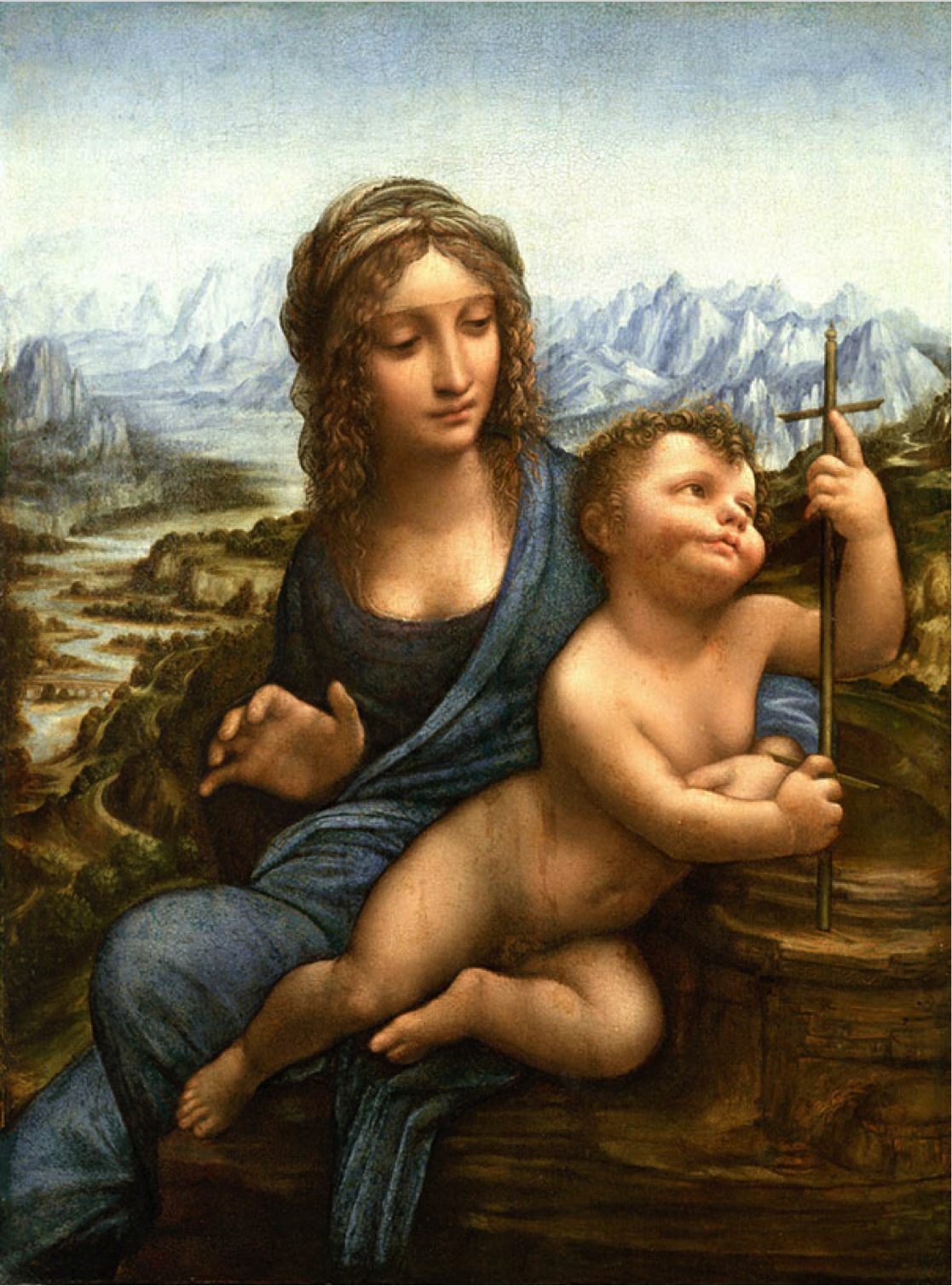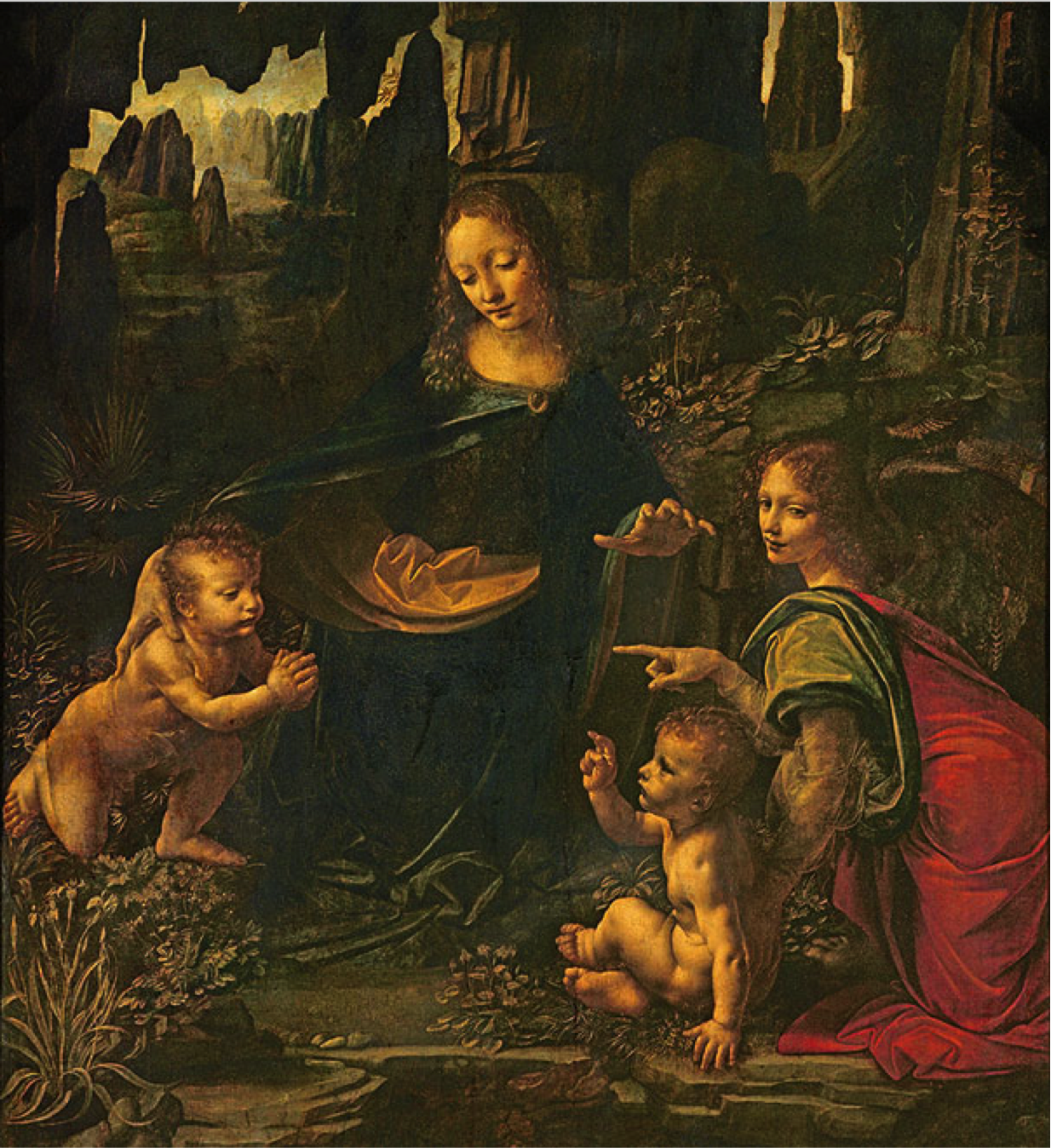One of the best exhibitions of the year is currently showing at the Dallas Museum of Art.“Edward Hopper, A Painter’s Process” opened on November 17th and will continue to run until February the 16th. The touring exhibition was organized by the Whitney Museum of American Art and includes over 200 works. It focuses on the intricate creative process of well-known artist, Edward Hopper (1882-1967). By bringing preparatory drawings, sketches, watercolors, prints and ledger notes together with the paintings they led up to, this show invites the viewer into Hopper’s studio where one can observe how he transformed the ordinary and regular into some of the most memorable images in American art. It surveys Hopper’s accomplishments as a draftsman, and pairs many of his greatest oil paintings with their preliminary drawings and related pieces.

Hopper worked from real life for the first step of his process, a step he called “from the fact,” often drawing and sketching on site before returning to his studio to complete a piece. He was meticulous in his preparation, drawing and creating extensive studies for a new work before approaching the canvas.
In the show there are over thirty-five drawings, sketches and caricatures that were created in preparation for his 1914 painting, “Soir Blue” (Blue Evening). The work is somewhat odd for Hopper’s oeuvre. It is highly figural and, until this painting, the vast majority of the artist’s canvas works were either landscapes or cityscapes with small or nonexistent figures. His works were very spatial and space positive. In this 3 x 6’ canvas Hopper places seven characters on a small restaurant balcony, all who impose on each other’s space but, in true Hopper style, do not interact. On the far left is a working class man with a cigarette hanging out of his mouth, his hands folded atop the small table. In the center a pale prostitute stands with over-rouged cheeks and bright red lipstick looking over a clown in makeup and full garb. On the far right, an upper-class couple sits in their evening attire. Each character seems to come from decidedly different backgrounds and each is absorbed in their own thoughts.
The piece is the artist’s commentary on Parisian culture and the different levels of Parisian society. It is a culmination of Hopper’s time in Europe, which he visited three times between 1906 - 1910. The work failed to attract attention from critics when he included it in a mixed exhibition in 1915, and the lack of response pushed him back to American subjects and subject matter. Hopper rolled the painting up and hid it away in storage. It was not seen again until long after his death.

As seen above in “Study for Morning Sun,” Hopper would make notes on his drawings for color choices and other suggestions to consider; “cool shadow,” “light green,” “gray green,” “legs cooler than arms,” “cool halftone,” “warmer.” It is these fascinating insights which connect the audience directly to the artist, and the interaction is somewhat mischievous. As the viewer observes the hand scribbled notes and sees where the first campaign was erased and has been reworked, there is a sort of breaking the rules response – because these notes were not for you, the charcoal smudged alterations were not intended for you to see. It was the end result, the painting in preparation, which Hopper was toiling towards for you to view.
In the show there are three studies for his 1943 oil on canvas “Summertime.”
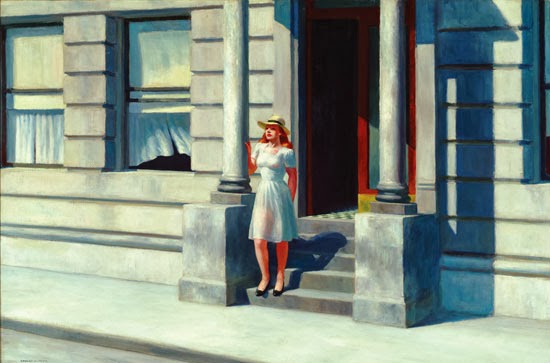
Through his initial sketches we see the minute changes made and contemplated during his thought process.

In one of the preparatory drawings Hopper’s wife Josephine is the model (above left). She stands tall with her hands behind her back, conservatively dressed as she looks off to her right. In another sketch there is no figure, and Hopper is looking at the building from a slightly different vantage point, showing more of the building’s façade and windows and shifting the angle of the light faintly (above right). These rough, early studies are very engaging when looking at the finished painting.
In the completed painting, a woman stands on the steps of a building looking into the distance, her gaze flat; expressionless. She is wearing a clinging, somewhat translucent dress with a tight bodice and red lipstick. The bright sun washes over her and stretches her dark shadow and the shadow of the building’s columns over the steps. To her right, a curtain seems to be set in motion in the hot day; possibly from an interior fan, or perhaps the woman is standing still as she welcomes a breeze, silent in the small grace of the summertime.
Seeing the three works in conversation highlights Hopper’s second step in his process, which was imagination. First he works “from the fact,” drawing from life and in the moment, then moves into the studio and works with imagination. In working on the paintings, Hopper referred to his drawings as a reminder of how light and shadow played off an architectural space and the figures within it. His color choices came from sense memory and his imagination.
This is particularly intriguing when looking at the sketches for “Summertime” compared with the final product. We are able to glimpse the jump Hopper made from a woman on the steps to a woman alone in the world, isolated in a sweltering urban New York City. Through the strong verticals and horizontals of the architecture and sidewalk he has made the city still and the mood calm, almost an eerie quiet, which is only intensified through the solitary subject’s pensive stare into what we cannot see or know. There is no certain narrative, only the empty modern existence.
This is the bread and butter of the exhibition; a combination of sketches, preliminary drawings, notes or prints are presented prior to the painting they eventually culminated into.
There are three sketches for “Hotel by the Railroad.”

The drawings show the male figure in many positions; his shoulders slouched, his shoulders straight, leaning, not leaning. They focus on his hands, a subject Hopper was fascinated with and had mastered in his early years as a student, having him hold different items; they put him close to the window, in the center of the image; arm at rest with the elbow bent, arm raised slightly. No angle is left unexamined. Hopper considers and reconsiders every detail.
Three sketches for “Hotel Lobby.”

Seventeen sketches for “New York Movie” are included, one of the most interesting being a journal entry with a pen and ink sketch of the theater.

Two sketches for “Approaching a City” are shown.
(which came to the Amon Carter last year – see our review here)

More than fifteen various drawings for his most famous work, “Nighthawks” made the show. Unfortunately, the actual finished painting was not shipped for this leg of the exhibition. It is represented by a gicleé on canvas stand-in. This flat reproduction was quite disappointing to the viewer.

Curator Carter E. Foster culled through over 2,500 drawings from the Josephine Hopper Bequest in preparation for the exhibition. Carter is the Steven and Ann Ames Curator of Drawing at the Whitney Museum of American Art. In choosing pieces to be included within the exhibition he commented that he sought to “pick great drawings and also show the entire range, from the earliest work to the latest work…” while considering the paintings that would be available for display to really illustrate and present Hopper’s unique process.
This is a fantastic show for both Edward Hopper and American art enthusiasts; it is a rare opportunity to study an artist’s working process and to appreciate both the contributions of the drawings to the finished paintings and the merits of them as art objects unto themselves. It ends February 16th. Don’t miss it!
-M.P. Callender
